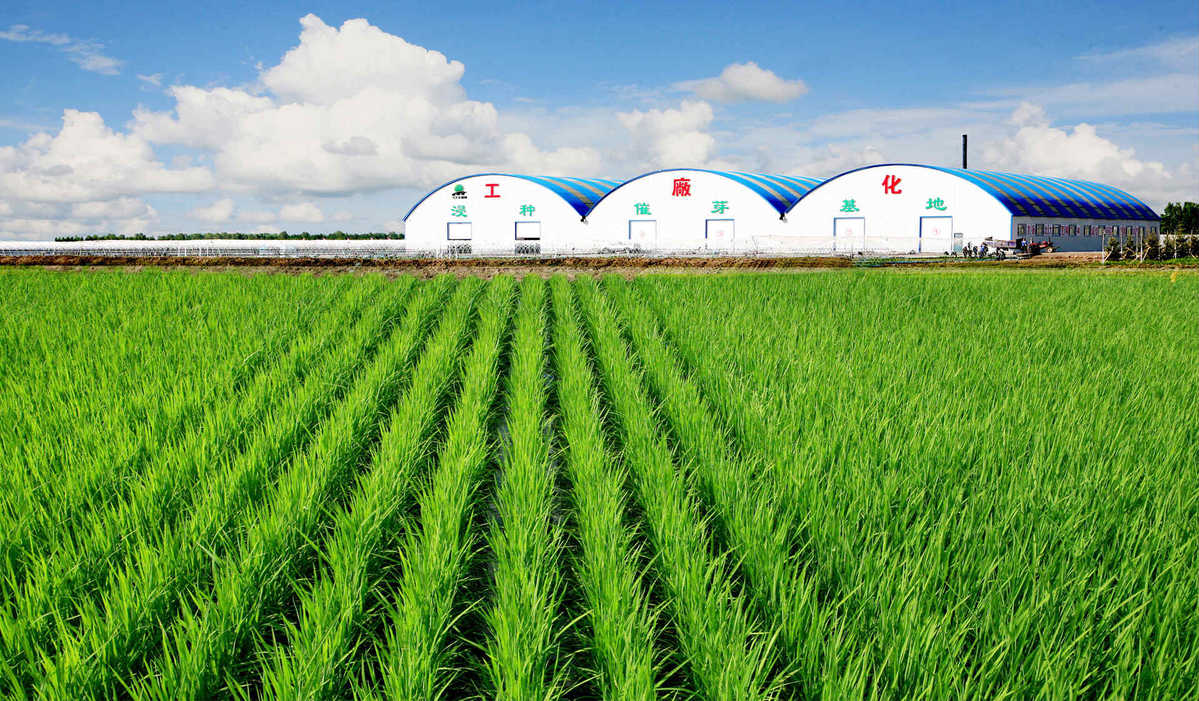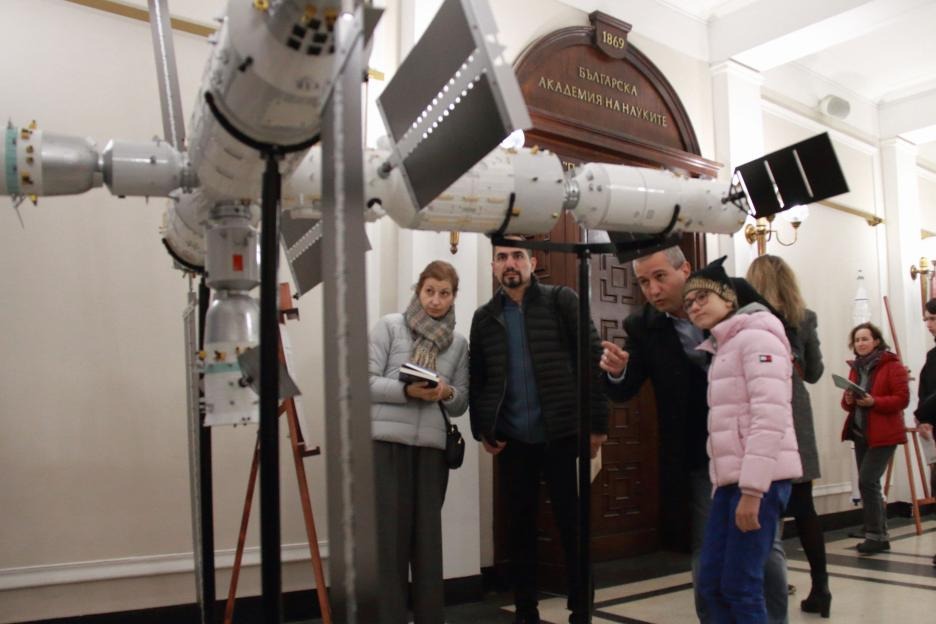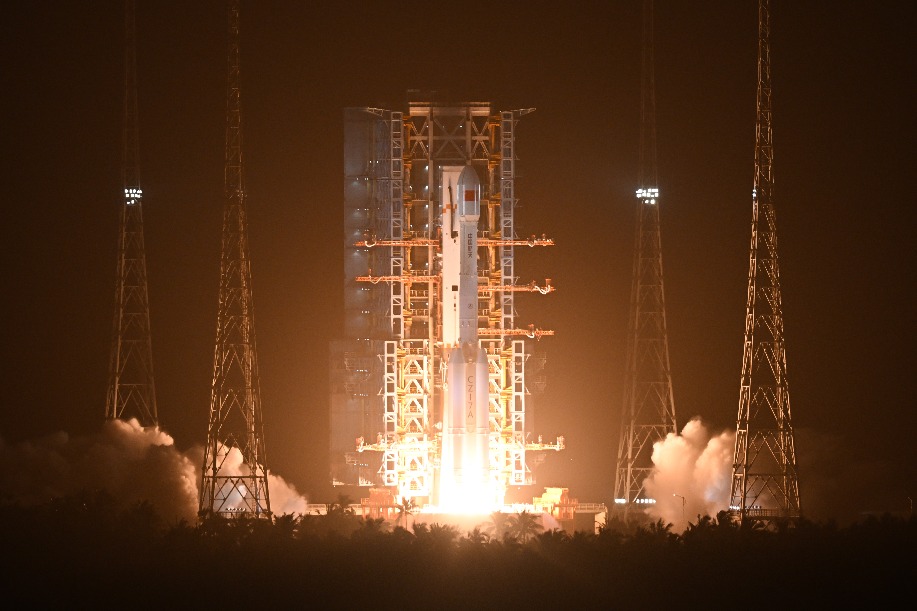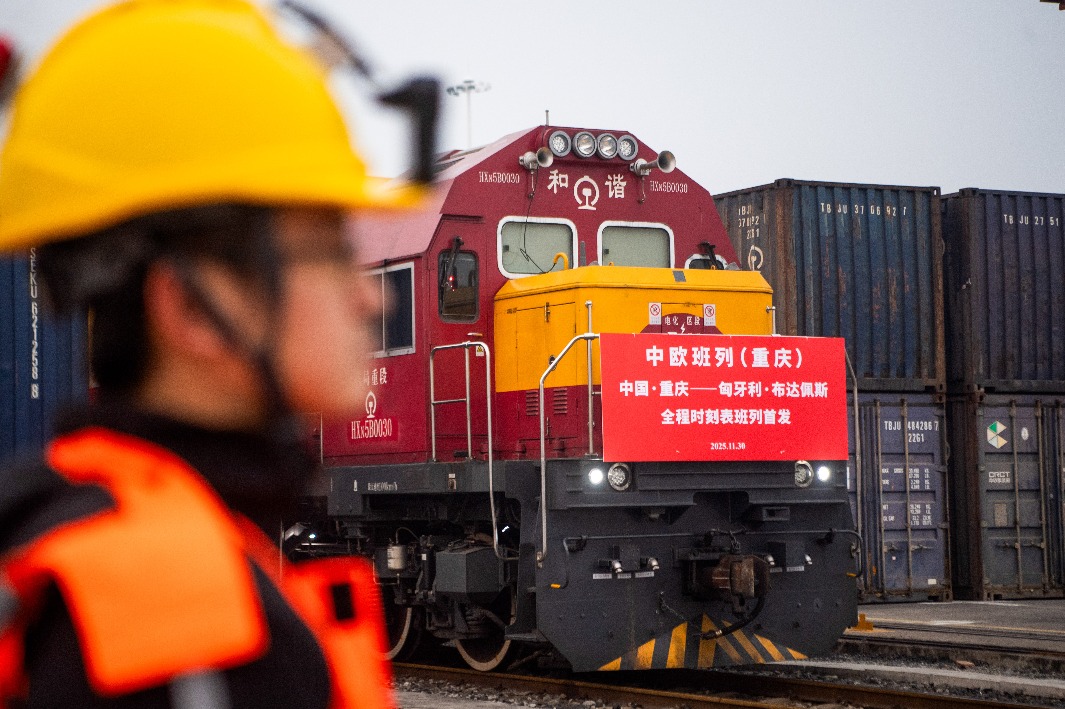Modern methods boost farming sector


"The soaring increase in the population brought an unprecedented shortage of food, housing and daily supplies," said Guan Liangliang, a museum staff member.
"The veterans cut tree branches and used them to build simple dwellings from mud."
On rainy days, such dwellings provided poor protection from the weather. Now, the word used to describe the huts-majiazi-has come to symbolize Beidahuang's spirit of hard work.
Around 50,000 young people, some age 20 or younger, lost their lives at Beidahuang, according to the museum.
In 1976, the Heilongjiang Agricultural Reclamation Bureau was founded. However in 2018, it became the Beidahuang Agricultural Reclamation Group, marking the transformation from a government management system to one driven by collectivization and enterprise.
After generations of effort and sacrifice, Beidahuang has seen rapid rises in annual grain output, from 2,400 metric tons at the beginning of the construction period to 21.5 million tons last year.
In recent years, Beidahuang has increased investment in science and technology, transitioning from traditional agriculture to a modern, "intelligent" sector.
Beidahuang has achieved a 99 percent agricultural mechanization rate on its 3 million hectares of arable land and is making increasing use of high technology.
During a visit to the group's Qixing Farm in September 2018, President Xi Jinping stressed the importance of ensuring China's food security so that the country can always control its own supplies.
- 13 people arrested for suspected manslaughter after Hong Kong's fire: authorities
- Chinese satellite reveals mysterious cosmic 'fireworks'
- Xinjiang sees 26-fold surge in tourist tax refunds in first 10 months
- Shanghai East Hospital launches multidisciplinary thoracic care model
- Intl experts, new tech guide Shanghai's green fuel ambitions
- Hunan shop owner's accusations against officials, herbicide video sparks investigation





































